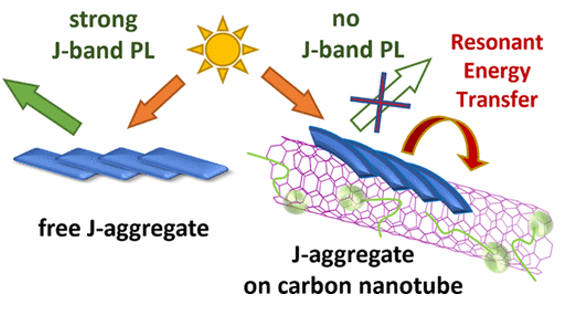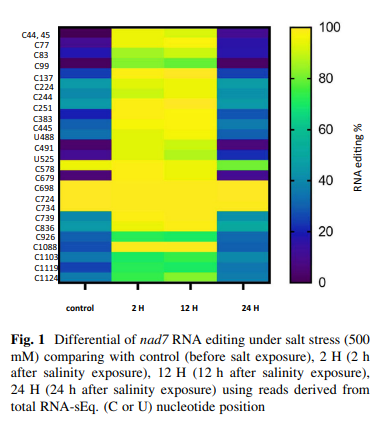
J-aggregates of amphiphilic cyanine dyes for dye-sensitized solar cells: A combination between computational chemistry and experimental device physics
We report on the design and structure principles of 5,5′-6,6′-tetrachloro-1,1′-dioctyl-3,3′-bis-(3-carboxypropyl)-benzimidacarbocyanine (Dye 1). Such metal-free amphiphilic cyanine dyes have many applications in dye-sensitized solar cells. AFM surface topographic investigation of amphiphilic molecules of Dye 1 adsorbed on TiO2 anode reveals the ability of spontaneous self-organization into highly ordered aggregates of fiber-like structure. These aggregates are known to exhibit outstanding optical properties of J-aggregates, namely, efficient exciton coupling and fast exciton energy migration, which are essential for building up artificial light harvesting to the photovoltaic device. A light-to-electricity conversion efficiency of DSSC based on the metal free amphiphilic Dye 1 is η = 3.75, which is about 50% of that based on metal-based N719 Ru-dye (Di-tetrabutylammoniumcis-bis(isothiocyanato)bis(2,2′-bipyridyl-4,4′-dicarboxylato)ruthenium(II)). DFT and TD-DFT studies show that large intramolecular charge transfer takes place from the HOMO to LUMO. HOMO is localized on a part of the molecule with almost no contribution from the carboxylic moiety. This clearly indicates that the anchoring carboxylic group plays a minor role. © 2014 M. S. A. Abdel-Mottaleb et al.


